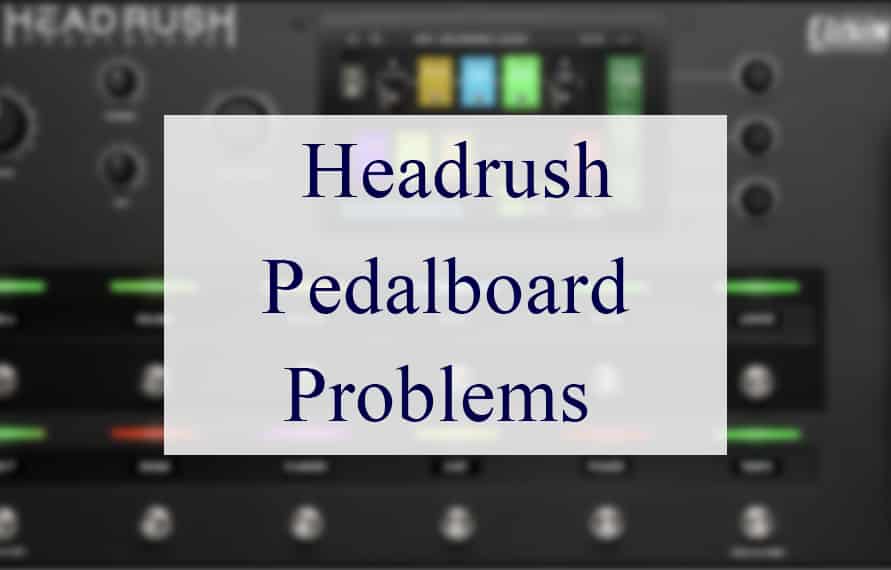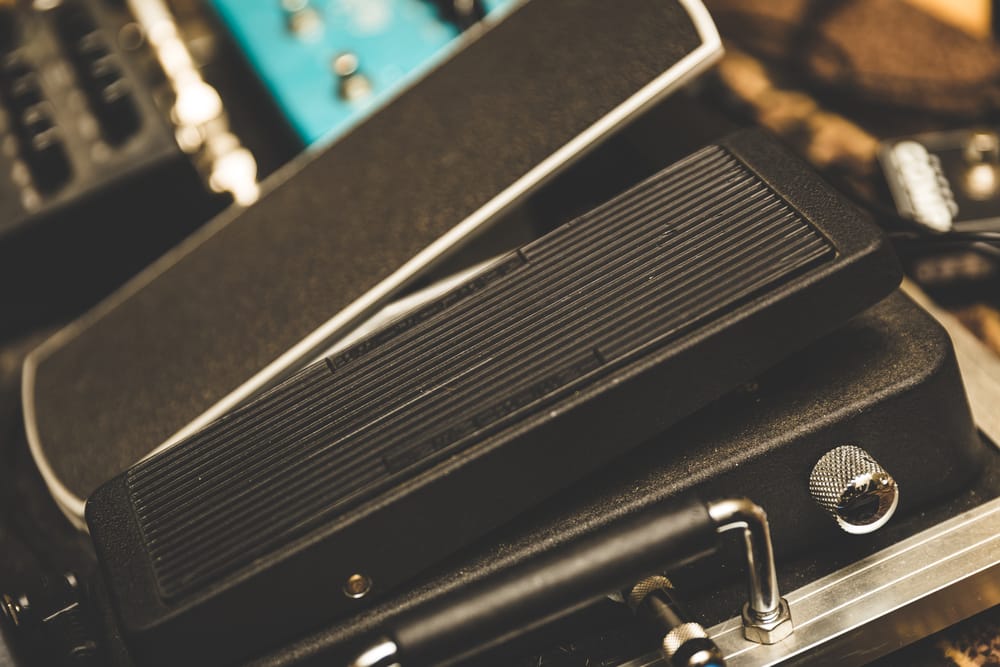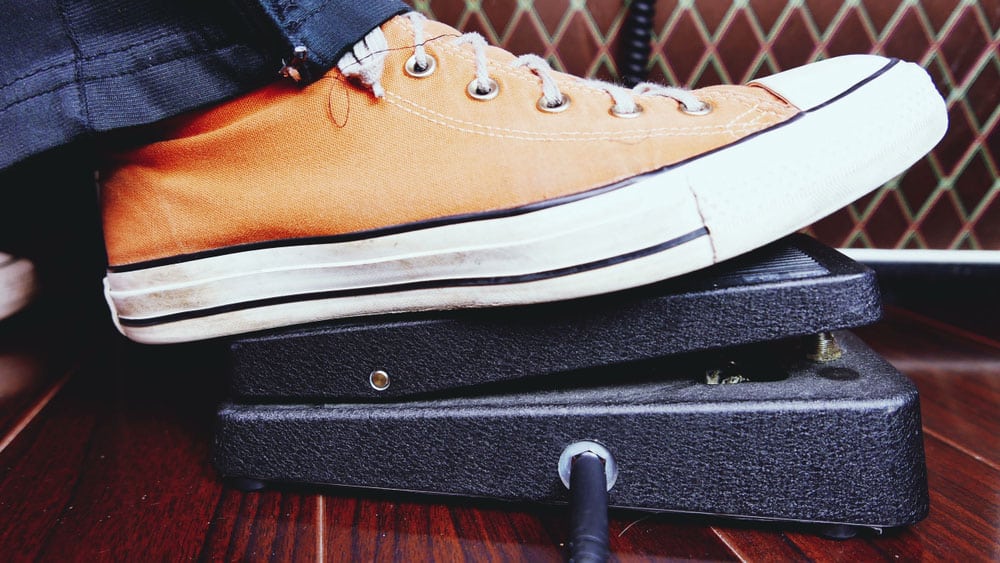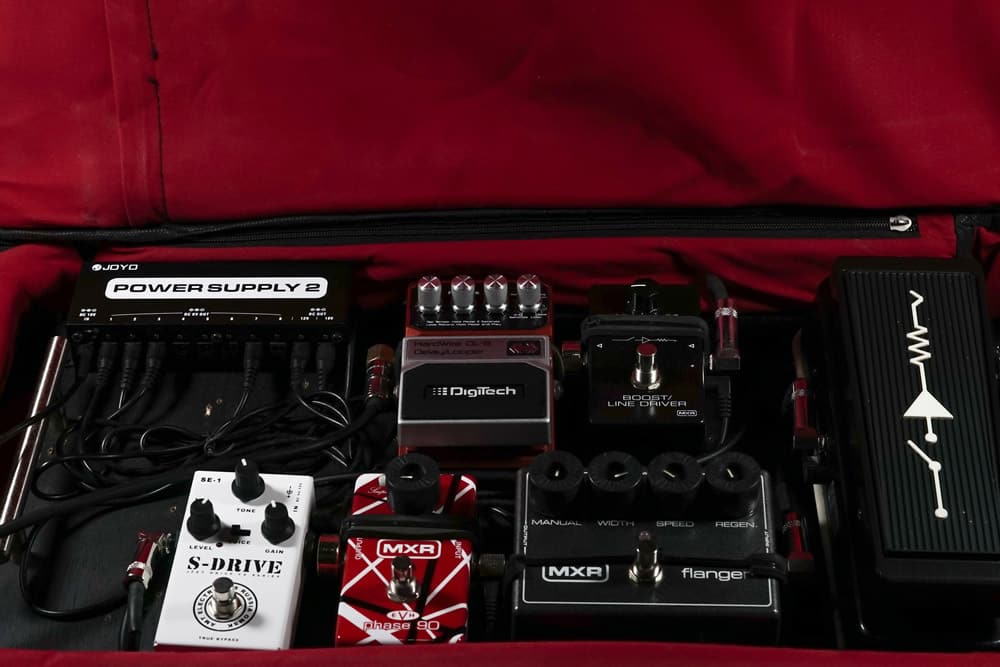
Whether it’s a guitar or any other musical instrument, it is important to have a perfect balance whenever you use effects. A pedalboard is a panel that is used to house the effects pedal for the electric guitar. It can power multiple pedals with the help of its own transformer and power cables.
You can access the pedals with more confidence as the pedalboard allows you to get any effect you need during your performance. When it comes to choosing the right pedalboard, it gets difficult because the market is replete with a number of pedalboard brands that offer distinctive features and reliable performances.
Among the plenty of other options, the Headrush pedalboard is the best one because it can meet your needs perfectly. It consists of multiple effects switches, a responsive pedal, and a large touch screen display.
You can completely trust Headrush whenever you have to get through any performance, be it a live on-stage performance, a jamming session in your studio, or in some cafe. As great as the Headrush pedalboard is, there is a possibility of some problems that can occur.
Headrush Pedalboard Problems
In this article, we will address the Headrush pedalboard issues and the easiest ways to solve them.
- Looper Limitations
Although the Headrush pedalboard is pretty great, the looper of this unit has some serious limitations when it comes to using it in the context of Frippertronics style, delays, and decays. Check the looper section of the Headrush pedalboard.
There are a couple of things there, including a mix control which allows the control of the loop versus your main signal. However, the crux of the issue lies in the feedback control, whose job is to let you create a decaying loop layer. In simple words, it behaves like a TC electronic ditto x4 with its loop decay control.
You can also see an overdub layer counter that can go up to 50 layers. Try putting on a four-second loop with feedback set to 49%. What you would expect is that every time a loop layer gets added on, the underlying layers would decrease volume by 50%, so they eventually fade out.
In order to check that, put on an overdub and do a couple of free port Ronix-style swells. Check for its decay. It certainly does decay. It works as advertised, and the loop layer goes as far as 12. The bad news is that once you get up to the maximum of 50 loop layers, the underlying layers never go away. They fade out without recycling in a buffer.
As they fade out, they get freed up and keep getting layered on top. In other words, you would never have an ever-evolving 50-layer kind of situation. The next step is to get to 40 layers and see what happens when you reach the 50-layer limit. As soon as you are up to 40 layers or more, play, watch and listen when you get to 50.
In the meantime, the looper just resets to play mode. The layers are all gone as you keep playing. With the 50th layer, you are stuck. If you turn the feedback up, you still can’t re-engage overdub. The 50th layer puts an end, and you have to restart another loop. That is a big problem for all the players, mainly Frippertronics-style players.
However, there is a rundown of the issue in the looper component of the Headrush pedalboard. All you need to do is contact the technical support of the Headrush pedalboard and report this issue as a bug. They will send you a firmware update soon.
Most of the players use the Headrush pedalboard for live playing and recording. Hence, the use of the looper is not really important for them, and this issue cannot bother them. The reason is that apart from a few flaws in the unit, the pedalboard gives great tones.
- Sensitivity
The Headrush pedalboard is a perfect pedalboard as long as you use it in indoor performances or in the studio. However, if you intend on giving an on-stage performance, it might not be a great option because you have to move around a lot.
The sensitivity of this pedalboard comes on the way, and it requires you to be precise with the stepping. You have to be extra mindful of where you put your foot. Even a little negligence from your side can cause damage to this pedalboard, mainly to its screen. The switches can also suffer damage if you are not careful.
As great as the matte black finish looks on the pedalboard, it can get your pedalboard dirty even with a little accumulation of dust. If you accidentally get the scratches on your pedalboard, they get quite prominent no matter what size they are. Players do not want any kind of mark or scratch on their musical gears.
Therefore, the Headrush pedalboard is a suitable option only if you are great at the proper management of your gadgets and devices.
- Getting Stuck
The problem of getting stuck is not common with the Headrush pedalboard, but it can still be pretty inconvenient whenever it happens. This issue can be avoided by making sure that the reset of the Headrush pedalboard is done properly. It is not difficult to reset your pedalboard.
You just have to press and hold the two right-most switches on the bottom row as you turn on the pedalboard. As the touchscreen shows reverting, your reset will be completed. The update of the firmware is done by the pedalboard itself later on. After you take this measure, you are least likely to face the getting stuck issue again.
- Not Turning On
Another problem that you might encounter with the Headrush pedalboard is its failure to turn on. In most cases, the culprit is the power cord. With time and use, the power cord deteriorates. So, you need to change it. The pedalboard is powered on as soon as it gets the new power cord.
In some situations, the power cord replacement does not solve the issue. Therefore, you better contact the Headrush technicians and seek help. They can figure out what exactly is preventing the unit from turning on.
- Undesirable Noise
Users of the Headrush pedalboard have also complained about the notorious noise produced by the board. After purchasing the amps and guitars, players proceed to create the sound that is usually in their heads. Apparently, they are done with the rig, but they overlook the significant element it a solid live setup, i.e., the power supply.
A wrong power supply can not only produce noise and hum, but it can also damage the pedalboard. Avoid using the generic power supply. It is always better to get the power supply that is specifically designed for effects, both filtered and regulated. The frequency of the humming noise is low.
It can be generated from your guitar pickups. The pedalboard is not always the culprit. Therefore, run a test by using humbucking pickups and see whether the noise is coming from the guitar or the pedal.
- Pedalboard Not Booting Up
If you find yourself in a situation where you are running the Headrush pedalboard, and the power goes off, it is possible that it might light up momentarily and then goes off again. It is suggested to give a factory reset to the pedalboard. Turn off the power and locate the two right-foot switches.
Hold these switches down and turn the power on by using the rear power switch. You can also use a UPS power conditioner. The major reason behind most of the failures in the Headrush pedalboards is the incorrect performance of a proper power-down procedure by using the rear power button.
The next thing to take care of is the USB cable. You must not remove the USB cable unless the connected computer is shut down. It is also recommended to avoid the use of the power switch of an external AC power strip. Try not to shut down the power by unplugging the AC power cord of the Headrush pedalboard either.
An important thing to remember is that the pedalboard is basically a computer; therefore, its requirements for the power up and power down procedures are the same as that of a desktop computer. If you do not take the measures mentioned earlier, the internal memory of the pedalboard will be corrupted, and it will fail to boot up.
You can bring a significant extension in the life of your Headrush pedalboard by employing the UPS as a power source and taking a little extra care while dealing with it. As you overview the problems of the Headrush pedalboard discussed above, it is clear that these issues might be a deal-breaker for you.
You better reconsider the pedalboard options. On the other hand, if the Headrush pedalboard issues are just a minor convenience for you, they can be ignored because the pedalboard is great otherwise. It is bound to suit all your pedalboard needs.





I have the Headrush Mx 5.
What happens to me is that sometimes I turn it on, but the presets don´t sound. It happened to me playing live a couple of times—big deal.
The sound comes after a while, but it also turns louder, or it just fades away little by little. I don’t know what happened or what to do.
Does anyone have experienced this? What can I do?
how can i get the original factory rigs back on my headrush pedalboard i ready tried to reset my device and even update it but nothing works i still haven’t recovered the original factory preset rigs
I would add one more very common issue- the USB completely fails, and you no longer see the pedalboard as a drive on a PC or Mac, nor can you update the firmware. Mine still is in this state, and the cost to repair it is staggering. I am very technical myself, but HeadRush people won’t sell me the interface board ( I am trying to find another source – it’s likely about $100 for the part) but I cannot find one yet…
The Axe Fx II got worst than that, you wakeup next day trying to power it on but no response, you purchase a power supply and luckly it turns on, but, yoi notice the LCD full of black dots and crypted words, you press the RECALL button and turn it on then you hear the sound again, then the all LEDs lights on with white empty screen of death.
Stupid DSPs units.
Most of this is either no longer true since subsequent updates or never was. the not booting up (Rainbow of Death) issue is a problem in older units (2018-2019. Many people use these live indoors and out to good result. It’s basically as durable as all multi-FX. Don’t step on it, don’t get it wet, don’t give it dirty power without a surge protector and CGFI… basic rules apply and it’ll serve you well
Some of these a real stretch and apply to any piece of music gear. Also I don’t think most gigging musicians care too much about scratches on their equipment.